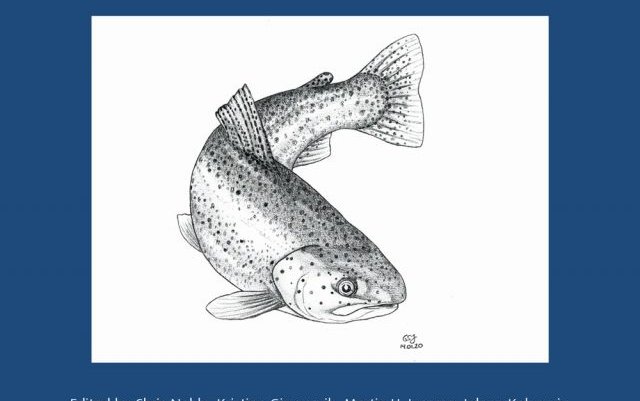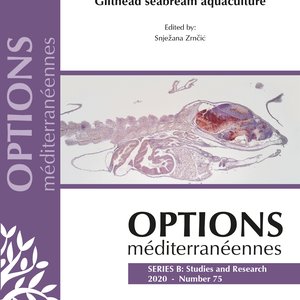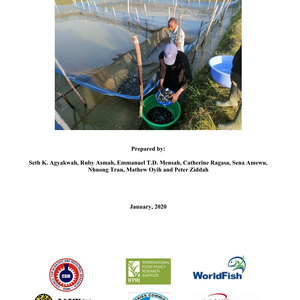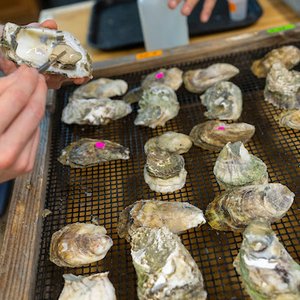“Welfare indicators for farmed trout: tools for assessing fish welfare” is a sister publication to the FISHWELL handbook on welfare indicators for farmed Atlantic salmon that was released in 2018.
The FISHWELL handbooks are a collaboration between fish welfare researchers and veterinarians at the food research institute Nofima, the Institute of Marine Research (IMR), the Norwegian Veterinary Institute (NVI), Nord University (all of whom are based in Norway) and the University of Stirling in the UK. The trout handbook is 310 pages long and can be downloaded for free from Nofima’s website.
“Atlantic salmon and rainbow trout dominate farm animal production in Norway and are key aquaculture species in many other countries. There is increasing interest in their health and welfare from a wide range of stakeholders including those working within aquaculture, the R&D community and society in general,” said Lars Helge Stien, senior scientist at the Institute of Marine Research.
The two handbooks follow the same format.
“Part A gives an overview of what we know about fish welfare, outlines what we know about the welfare needs of each species, and conditions that may affect the fulfillment of these needs. As the requirements for the fulfillment of needs may vary through life, we have specified the needs for different life stages, where this is suitable,” said Jonatan Nilsson, scientist at Institute of Marine Research in Norway.
Part B outlines fit-for-purpose welfare indicators for assessing fish welfare in different production systems, such as sea cages and flow through production systems. Part C adopts the same approach and assembles welfare indicator toolboxes for different routines and operations, such as pumping, crowding, grading, vaccination and slaughter.
“Handling a group of fish often requires a set of sub-operations or routines. The WI toolboxes in Part C are set up to give you some guidelines on how and why they should be used. For example, if you plan to perform a mechanical delousing operation, you should look at the section on mechanical and thermal delousing in the new technology part of the handbook in addition to sections on feed withdrawal, crowding, pumping and the examination of live fish. This is to ensure the welfare of the fish are monitored in every step of the delousing process,” said Kristine Gismervik, veterinarian and scientist at the Norwegian Veterinary Institute, Norway.
Download the handbook here.










